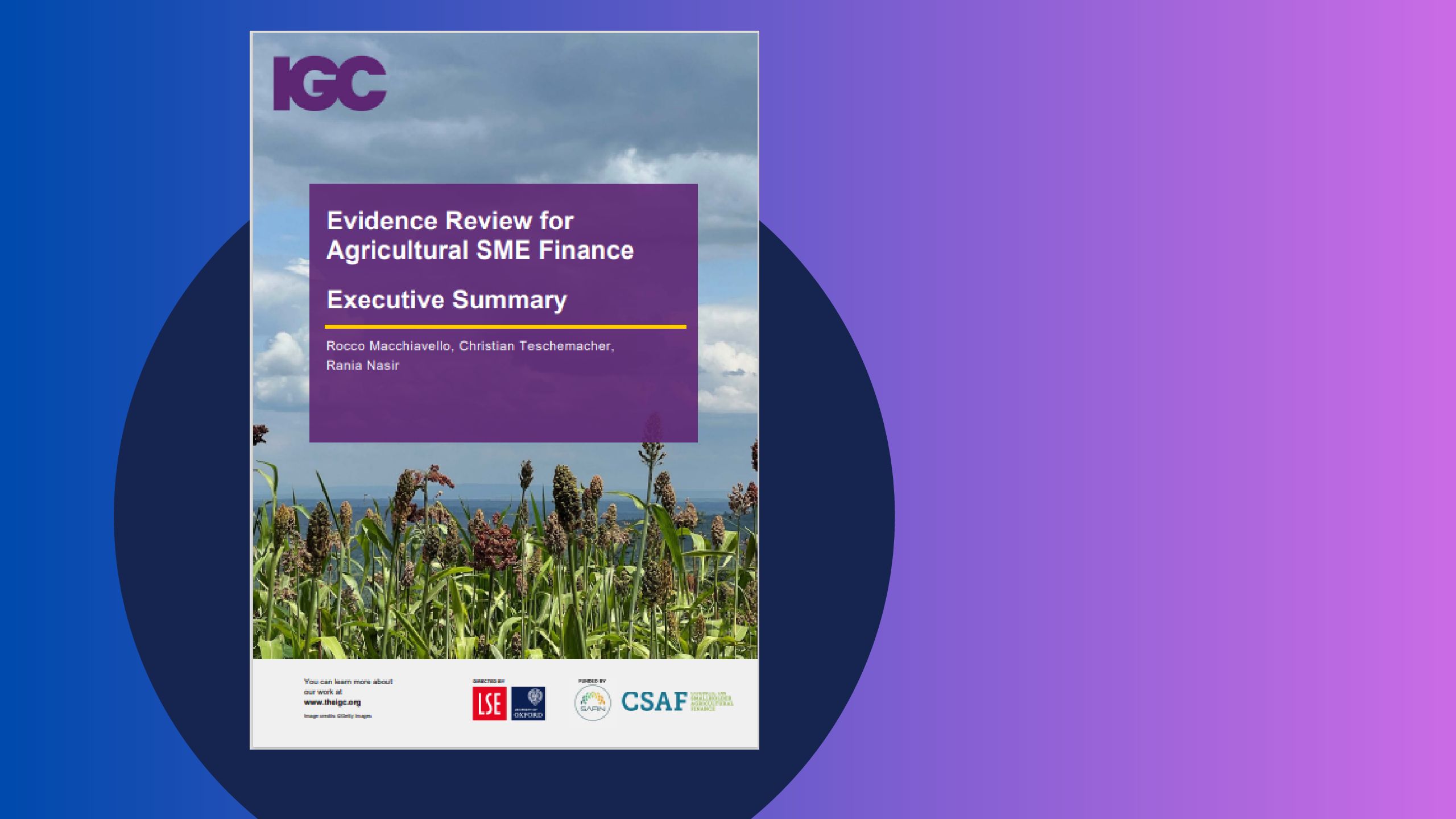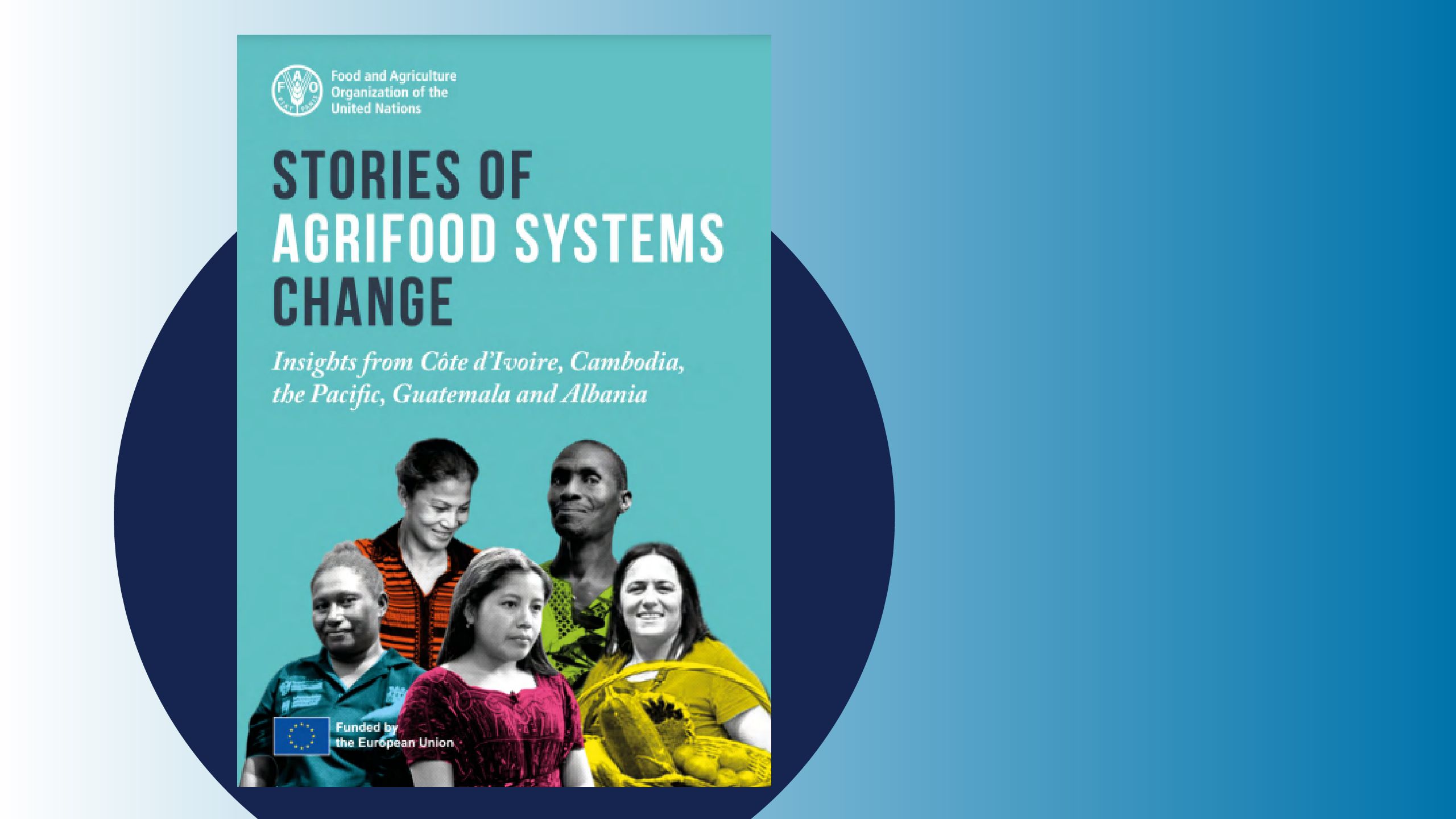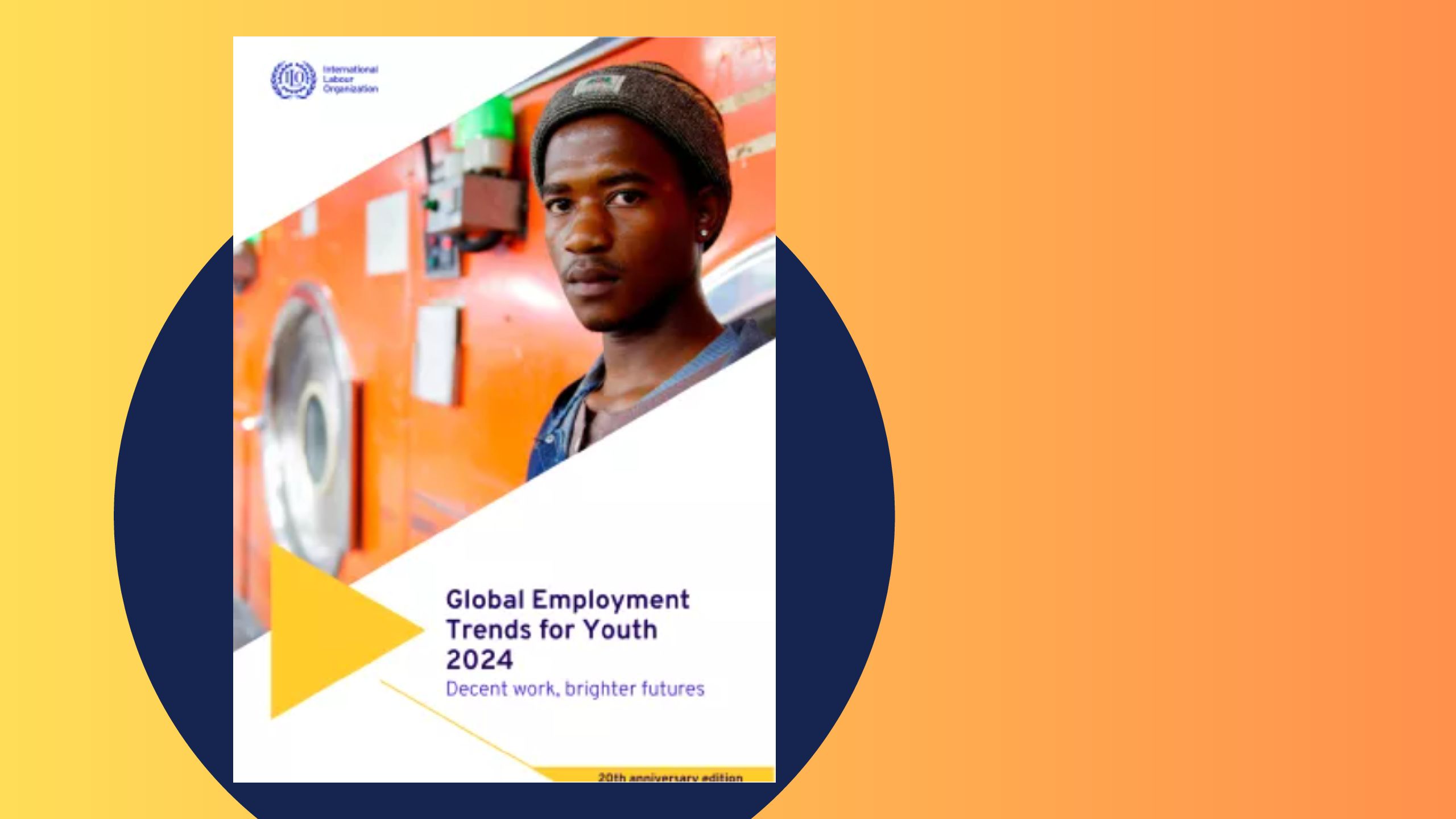On 1 October 2024, Devex published an opinion article “How blended finance can catalyse private capital for agriculture” authored by GDPRD Co-Chairs Federica de Gaetano (Italian Agency for Development Cooperation, AICS) and Bruce Campbell (Swiss Agency for Development and Cooperation, SDC).
Links

How much does ending hunger cost?
The Centre for Development Research at the University of Bonn estimates that $27 billion is needed annually to bring 500 million people out of hunger by 2030. Governments and aid agencies must make their assistance more catalytic to close this funding gap. Blended finance is an increasingly promising pathway to unlock catalytic capital.
In a recent Devex opinion article, “How blended finance can catalyse private capital for agriculture”, Global Donor Platform for Rural Development Co-Chairs Federica de Gaetano (Italian Agency for Development Cooperation [AICS]) and Bruce Campbell (Swiss Agency for Development and Cooperation), discussed the role of blended finance in meeting this urgent need. They outlined three actions to leverage the potential of blended finance and narrow the funding gap for food security and rural development:
- Invest in the missing middle: Small- and medium-sized enterprises (SMEs) are a valuable part of the agriculture and food sectors. However, they often slip through the cracks between large banks and microfinance institutions and face a funding shortfall of 66% of their total need in Southeast Asia and Sub-Saharan Africa.
- Enable development finance institutions (DFIs) to take more risk: Agriculture and food security are often considered high-risk sectors, discouraging DFIs from investing. Dedicated funds that enable risk sharing could increase DFIs’ appetite to engage in the agricultural sector and significantly grow the pool of total development finance.
- Share knowledge and data: Currently, there is a lack of comparable data for development finance and blended approaches, which impedes transparency and limits market insights. Through the new Sustainable/Blended Finance Thematic Working Group, the GDPRD has created a forum for donors to share learnings, compare approaches, and collaborate for more catalytic funding to agriculture and food security.
Furthermore, our Co-Chairs argue that more attention must be paid to the concept of additionality. This includes reducing uncertainties and aligning concessional funding with development goals to ensure desired positive outcomes without distorting markets.
The opinion article concludes by noting that blended finance builds on the foundations laid by long-term development funding. With persistent global food crises increasing the funding gap, bold approaches are needed to transform agrifood development finance into a powerful tool for sustainable development and achieving Zero Hunger.
Read the full article by Federica de Gaetano and Bruce Campbell on Devex.
Read the recently published report by the GDPRD and the Shamba Centre for Food & Climate to find out more about noteworthy innovations taking place across blended funds and instruments.












































































































































































































